- Design Approaches
- Posted
Super E
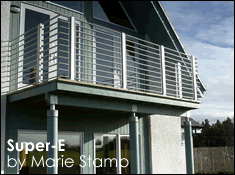
According to Sustainable Energy Ireland, the housing sector is the single largest consumer of energy in this country, accounting for almost 30% of energy use and CO2 emissions.
In Canada, where temperatures range from extremes of –40 to +40 degrees Celsius throughout the year, both heating and cooling are considerable contributors to the problem of energy costs.
Canadian homeowners may take advantage of various kinds of government incentives to improve the energy-efficiency of existing buildings, however the most energy-efficient buildings in the world today are new houses built to Canada’s new standard of energy efficiency. This is the patented quality distinction known as Super E®.
Qualified builders who meet the Canadian government's standards have now been licensed to bring the technique and systems to international markets. Having registered successes in Japan and the UK, Super E® is now available to the homebuilder in Ireland.
Incorporating the state-of-the-art in home comfort, air quality, hygiene and energy-efficiency, the new standard in home building in Canada is the result of decades of research and cooperation between Natural Resources Canada, Canada Mortgage and Housing Corporation, architects, engineers and builders.
Using energy more efficiently around the house may seem easy, by turning the thermostat down, insulating the attic, and so on, but it’s more complicated than you may think. Air leakage is the biggest problem in most homes. Particularly in older homes, air exchange is vital in controlling air quality and humidity. Super E ® homes take a holistic, systems approach to the problem.
The interaction of all the components of a house -- from the foundation, walls and roof to the ventilation, plumbing and electrical system -- must be considered in creating a cost-effective, energy- efficient and healthy home environment.
Let’s look at the cost issue first. Super E® homes typically use 20-30 % less energy and reduce heat loss by up to 50%. The actual cost of incorporating the Super E® quality is minimal. In Canada and Japan, cost analysis comparing Super E® to conventional housing has found the standard increment to be between 2 - 7 %. The fuel reduction savings over the life of the house easily balance the extra cost, particularly because these houses cost so much less to build in the first place.

Although Super E® is applied to traditional brick and block construction, 90% of new homes in Canada are timber frame, which is even more cost effective. This is because the reduced demand for on-site labour offered by the pre-engineered systems cuts down on labour costs.
Our building season is very short so we expect a house to be ready for occupancy within 12-14 weeks of construction commencement.
We are often asked about the durability of timber frame. The houses themselves are extremely durable. Since Super E® uses a number of moisture-controlled strategies in its construction the timber is very robust. Beautiful timber houses built 200 years ago in Canada are still going strong despite the rigours of our climate so there is every reason to expect that those built with today’s engineering will last as least as long.
Looking to the health issue, ventilation is key. Controlled ventilation ensures a continuous supply of clean fresh air to every room in the house. The Super E® house uses a Heat Recovery Ventilator (HRV) to control humidity levels, preventing damage to building materials, growth of moulds and the proliferation of house mites.
Low humidity can lead to respiratory irritations, infections, and indeed many building materials (from glues to carpets) can emit toxic gases. A Super E® house can eliminate these problems by assisting builders in making informed choices, and by keeping healthy air circulating.
Studies in Canada comparing the health of occupants living in homes with Super E® construction to those in conventional housing report that 94 % of occupants of Super E® homes report a significant improvement in indoor air quality over conventional new housing.
Canadian Super E® houses should help Irish builders meet the broader quality concerns that underscore the Irish Building Regulations, especially Part L dealing with the conservation of Fuel and Energy in Dwellings, and Part F concerning Ventilation.
You can read more on www.super-e.com. To find out how to contact Irish companies licensed in Super E®, contact us via the Canadian Embassy in Dublin www.canada.ie.
- Marie Stamp
- sustainable energy ireland
- Housing Sector
- air quality
- hygiene
- Canada
- Super E
- Ventilation
Related items
-
 Why airtightness, moisture and ventilation matter for passive house
Why airtightness, moisture and ventilation matter for passive house -
 Buy, hold or sell
Buy, hold or sell -
EPA launches air quality forecast
-
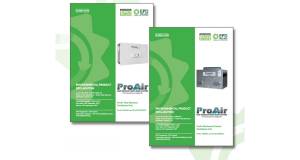 ProAir pioneers with EPDs for ventilation systems
ProAir pioneers with EPDs for ventilation systems -
 Let’s bring ventilation in from the cold
Let’s bring ventilation in from the cold -
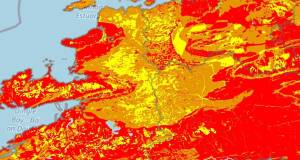 45,000 more Irish homes face radon risk, new maps reveal
45,000 more Irish homes face radon risk, new maps reveal -
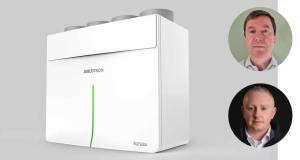 ProAir retooling for the future
ProAir retooling for the future -
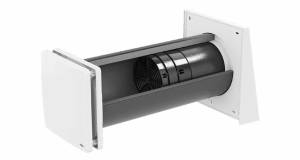 Ecological launch Inventer decentralised ventilation
Ecological launch Inventer decentralised ventilation -
 Poor ventilation a Covid risk in 40 per cent of classrooms, study finds
Poor ventilation a Covid risk in 40 per cent of classrooms, study finds -
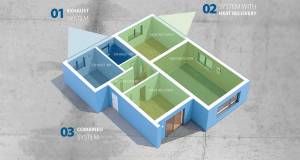 Efficient ventilation key to healthier indoor spaces – Partel
Efficient ventilation key to healthier indoor spaces – Partel -
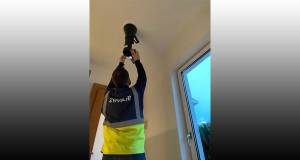 Evidence emerges of endemic ventilation regs breaches
Evidence emerges of endemic ventilation regs breaches -
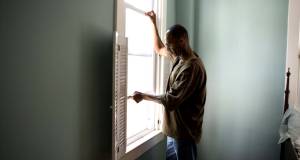 Window-opening unreliable for ventilation, study finds
Window-opening unreliable for ventilation, study finds

